A brilliant flash of blue light briefly outshined its host galaxy before fading away — but then it exploded again, and again.
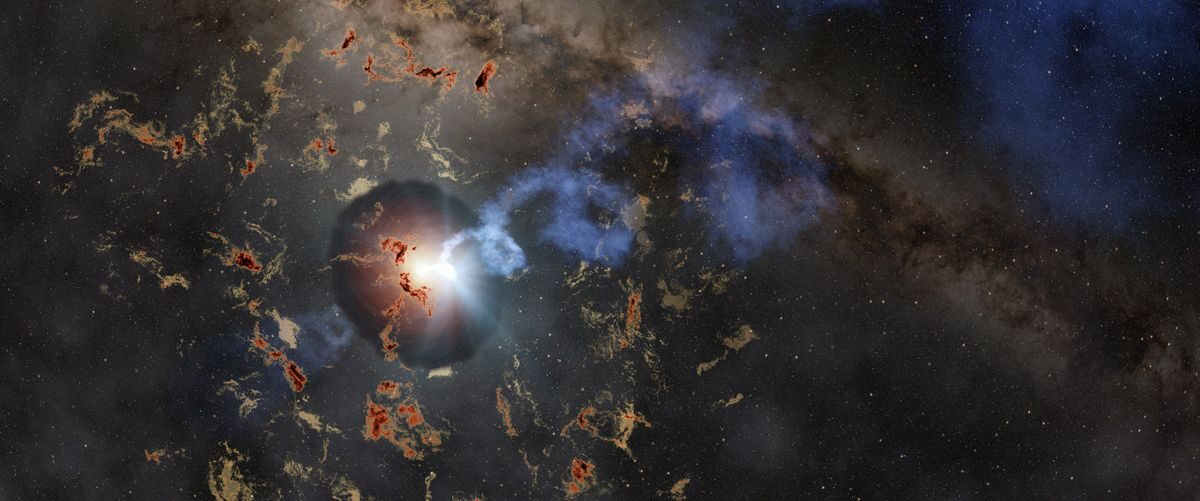
© Caltech / R. Hurt (IPAC)Artist's impression of the Tasmanian Devil, an explosive flare that keeps on flaring, so far more than a dozen times.
On September 7, 2022, an automatic telescope picked up a blazing dot of
blue light some 1,000 times brighter than a typical supernova. The brilliant blue flare lasted only days before it faded away, but not before an automated system had put astronomers on alert.
The system designated the event AT2022tsd, but it some came to be called the "Tasmanian Devil." It joined the short list of a special class of objects discovered in 2018 known as
luminous fast blue optical transients (LFBOTs). Astronomers think these explosive flares are
a special kind of supernova, but they could also be stars ripped apart in the intense gravitational field surrounding a neutron star or black hole. The devil, as they say, is in the details.
But while the Tasmanian Devil's discovery was a welcome surprise, the real bombshell came 100 days later. In December that year, Anna Ho (Cornell University) and colleagues were reviewing routine images that had monitored the fading flare when, to their bewilderment, they found a red-colored burst almost as bright as the original blue one, and in the same position on the sky.
Scouring for more data, both in the archive and then with new observations, the astronomers found another outburst — and then another, and another. The energy of each one of these outbursts is equivalent to that released from an exploding star. Overall,
at least 14 flares followed the first one, Ho and colleagues report in
Nature, and it's likely there were many more they missed.
"An event like this has never been witnessed before," says team member Jeff Cooke (Swinburne University of Technology and the ARC Centre of Excellence in Gravitational Wave Discovery, Australia).
"Indeed, optical flares following an explosive transient like the Tasmanian Devil — with
luminosity similar to supernovae, but only lasting a minute or two — are a completely new (and unexpected) discovery," agrees Ashley Chrimes (ESA), who wasn't involved with the study.

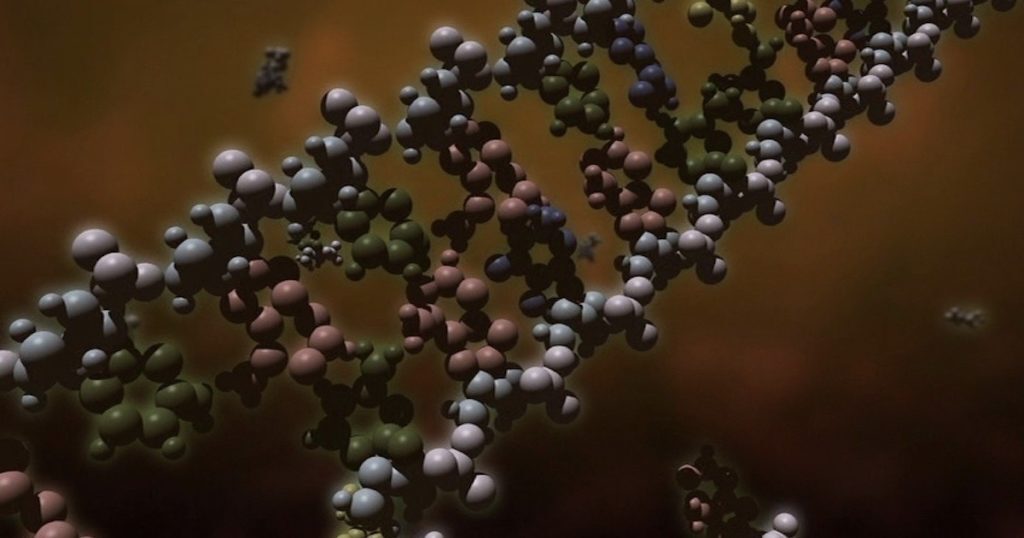
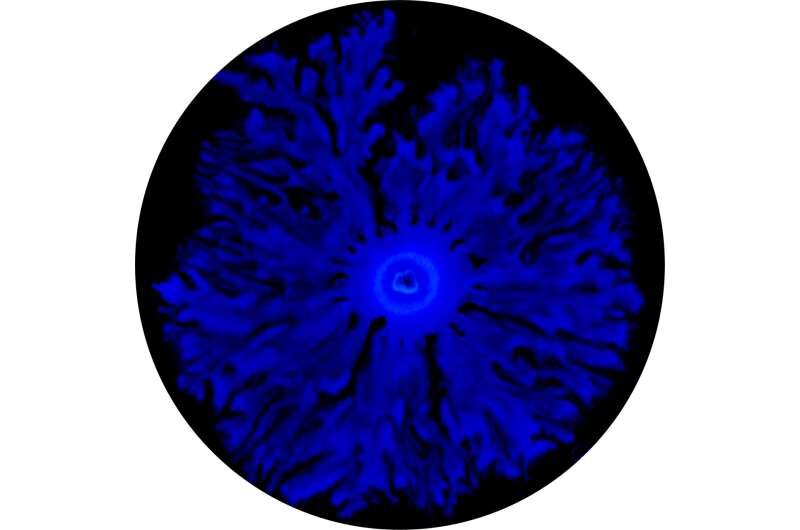

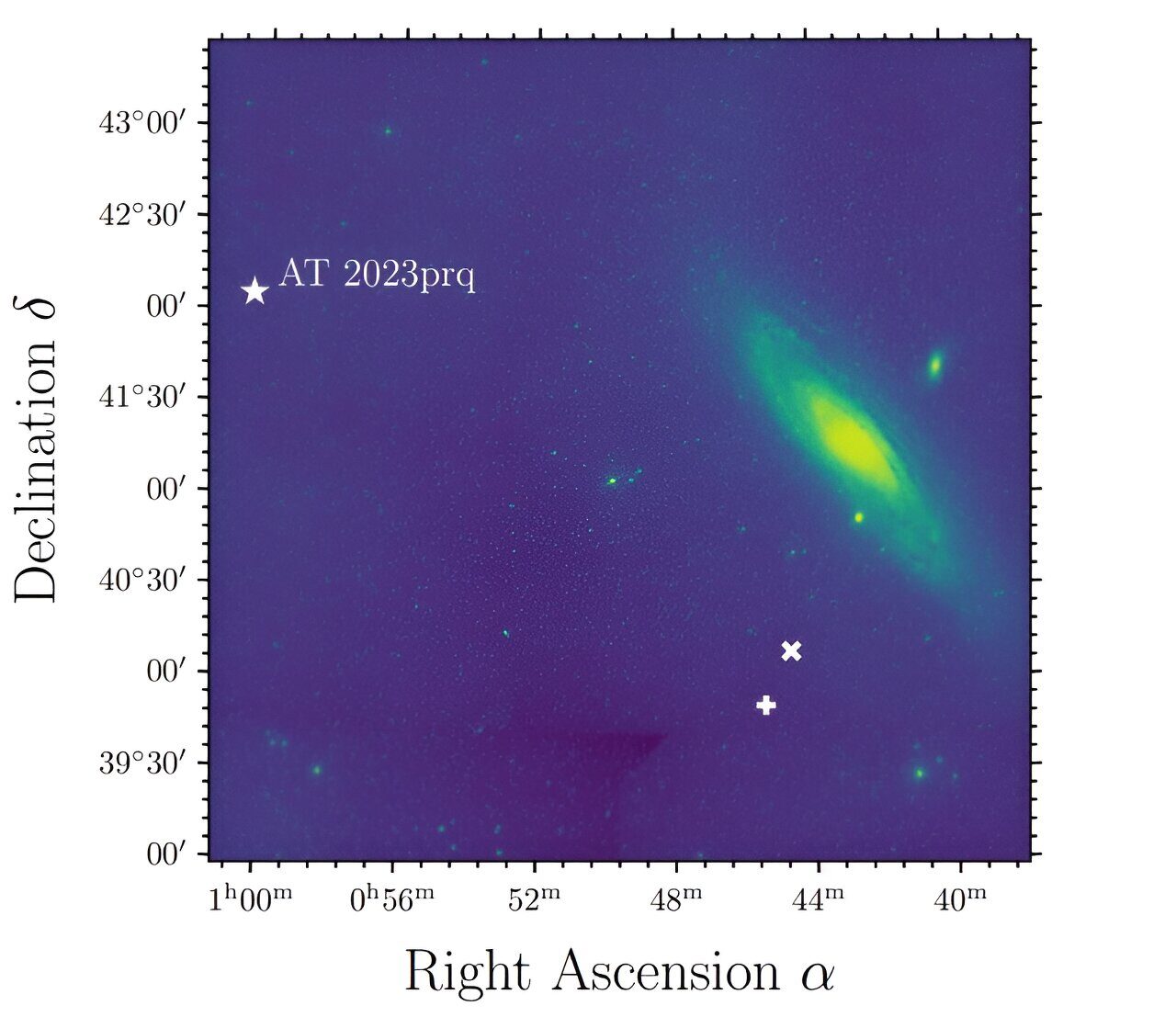
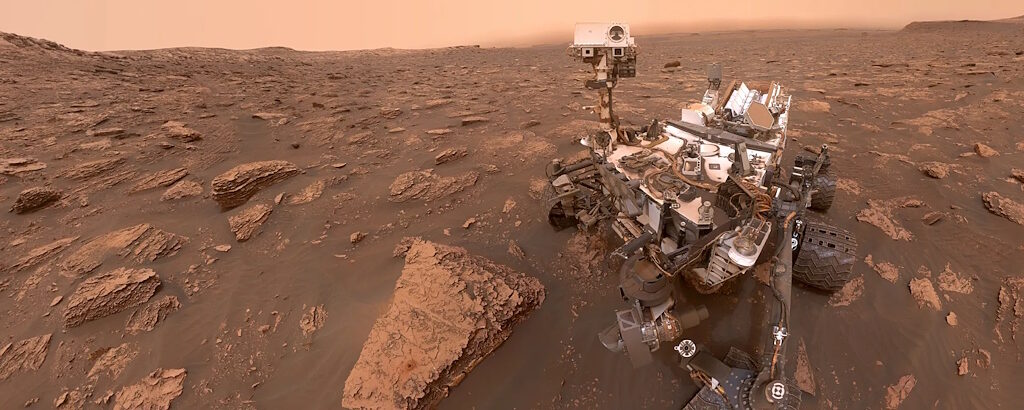


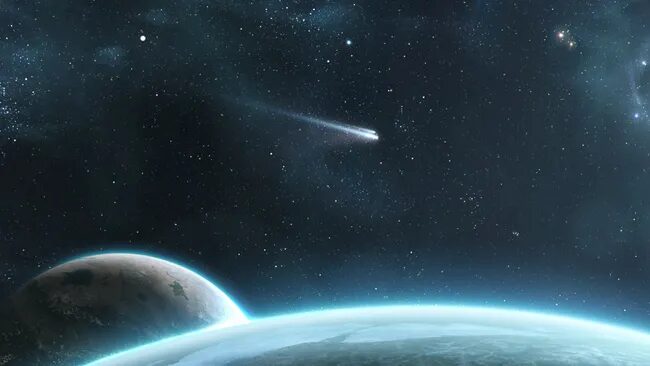




Comment: It's been shown that increased cosmic rays entering our atmosphere increases cloud cover, and one wonders what other effects, if any, they might have on our planet, and the life residing in it.